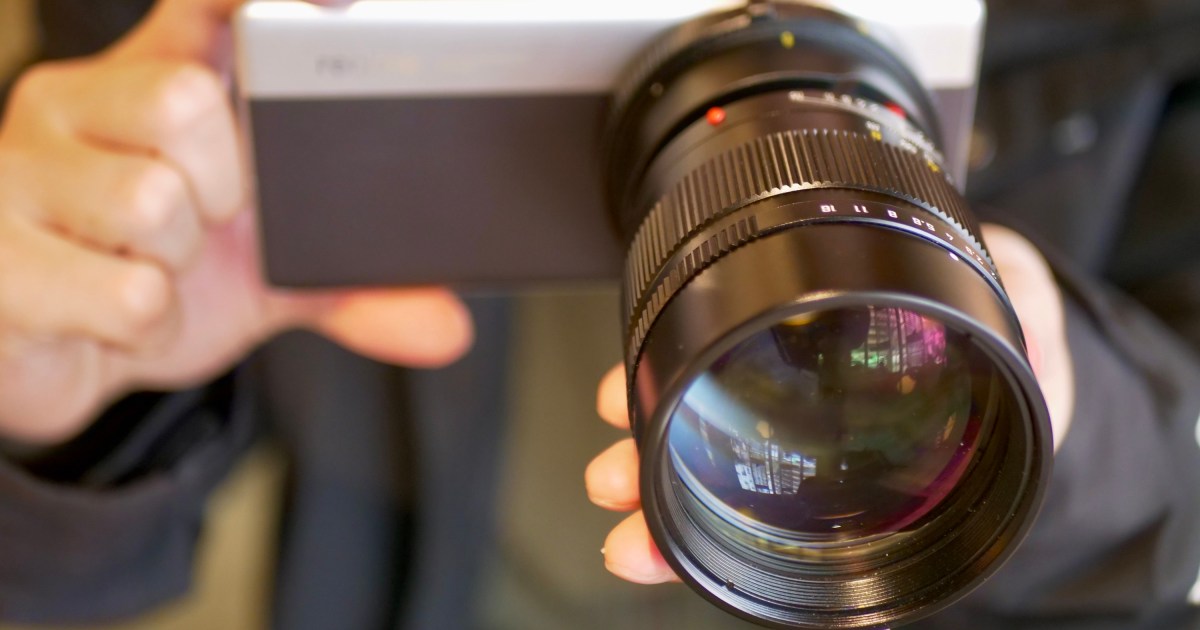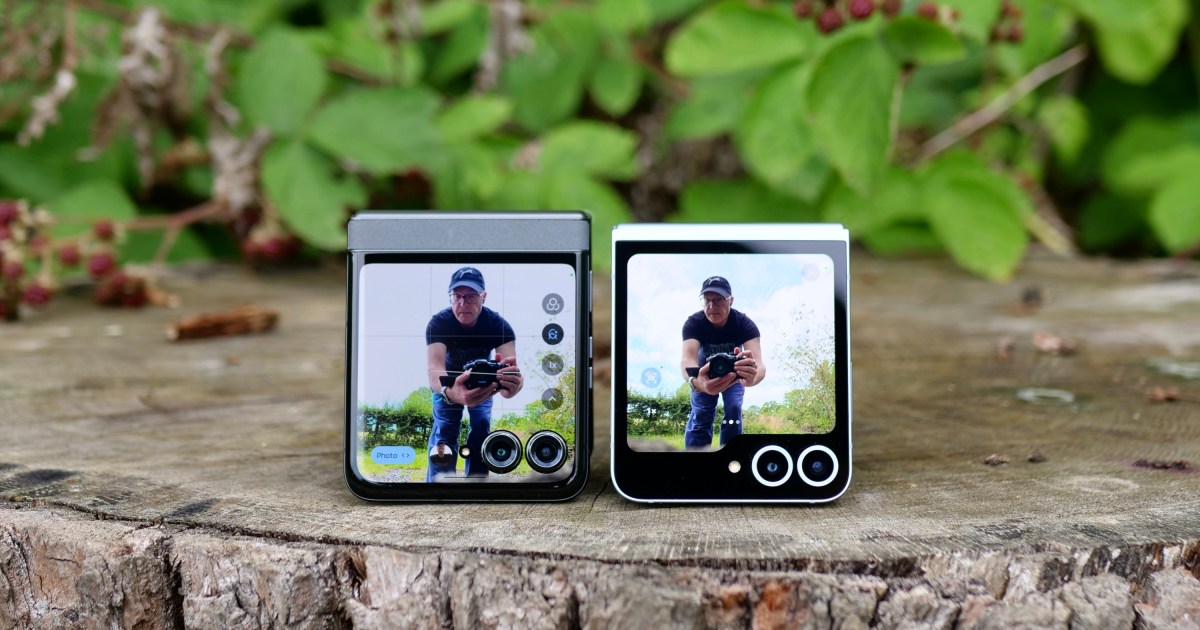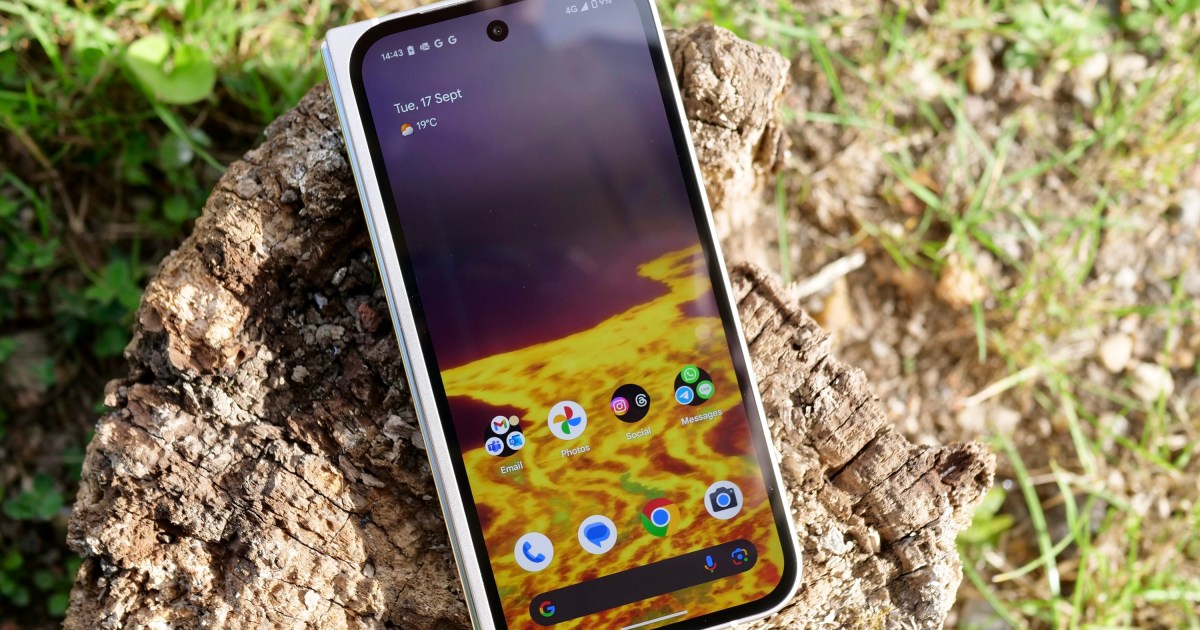The Realme Ultra concept phone pushes the boundaries of smartphone photography, blurring the lines between a traditional camera and a mobile device. It’s a fascinating glimpse into the future of mobile imaging, prioritizing camera capabilities over conventional smartphone design. This hands-on experience with the Realme Ultra reveals a device that’s more akin to a camera with a phone attached, unlike anything seen in recent years.
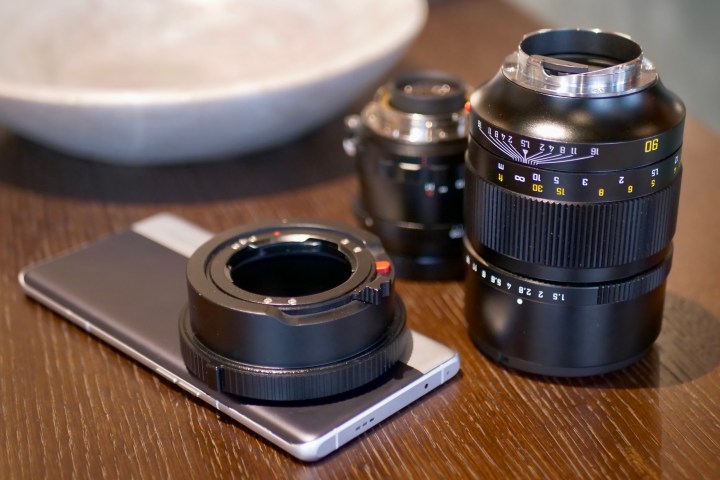 The Realme Ultra concept phone
The Realme Ultra concept phone
A Unique Approach to Mobile Photography
Unboxing the Realme Ultra concept phone evokes a sense of disbelief. While the idea of a smartphone with interchangeable lenses has been discussed and even attempted by companies like Sony, the Realme Ultra’s execution is remarkably different. It feels unconventional, yet excitingly so. The Ultra isn’t about polished user-friendliness; it’s a testament to what’s possible in mobile photography. With further refinement, this concept could revolutionize how we capture images with our phones.
The Realme Ultra’s design, reminiscent of the Xiaomi 15 Ultra, features two standard cameras: a main lens and a wide-angle lens, both boasting impressive 1-inch sensors. However, the centerpiece is an exposed CMOS sensor, resembling a camera body without a lens—because that’s precisely what it is.
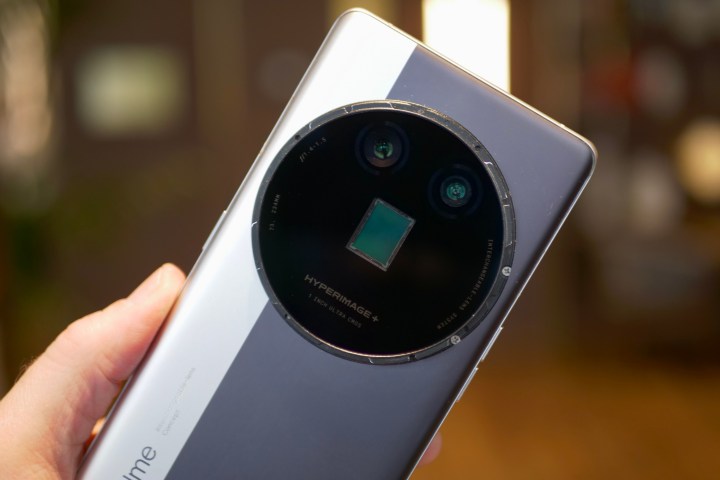 The Realme Ultra concept phone
The Realme Ultra concept phone
Attaching Lenses: A Transformative Experience
The lens attachment process involves a specialized adapter plate that securely locks onto the phone’s back. Realme provided two full-size lenses for this demonstration: a 3x zoom and a 10x zoom, both featuring fixed focal lengths, adjustable apertures, and manual focus rings. Aligning the red dots on the lens and adapter, then locking it in place, transforms the phone into a unique camera/phone hybrid.
The Challenges and Rewards of Using the Ultra
 A person holding the Realme Ultra concept phone.
A person holding the Realme Ultra concept phone.
Attaching a large lens to a smartphone inevitably creates handling challenges. The 10x zoom lens shifts the center of gravity, making it difficult to hold and operate. The lack of optical image stabilization (OIS), relying solely on electronic stabilization (EIS), further complicates capturing steady shots. Despite these challenges, the results are remarkable, exceeding typical smartphone photography. Testing the Realme Ultra at Barcelona’s Sagrada Familia during MWC 2025 provided a compelling demonstration. Capturing detailed shots of the landmark’s intricate architecture from a distance showcased the lens’s capabilities. The manual focus, while demanding, yields impressive results for a concept device.
 Realme Ultra 10x zoom sample image.
Realme Ultra 10x zoom sample image.
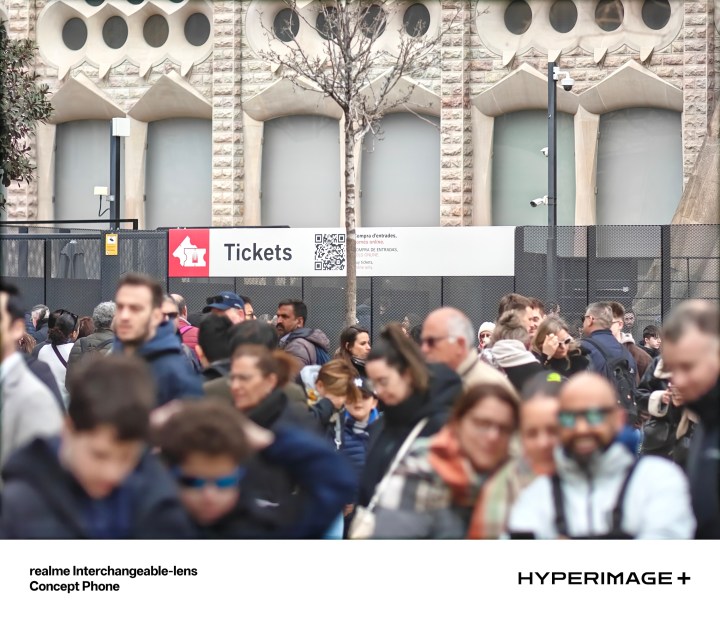 Realme Ultra 10x zoom sample image.
Realme Ultra 10x zoom sample image.
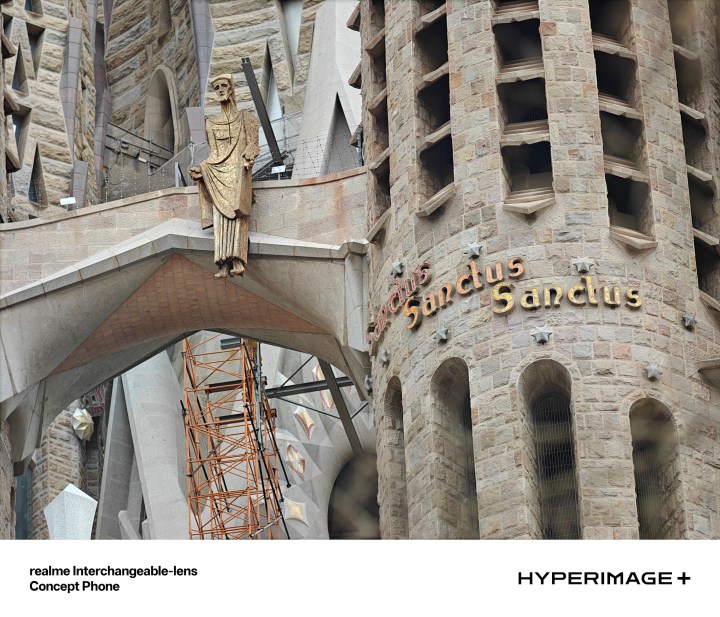 Realme Ultra 10x zoom sample image.
Realme Ultra 10x zoom sample image.
 Realme Ultra 10x zoom sample image.
Realme Ultra 10x zoom sample image.
Sample images taken with the Realme Ultra and 10x zoom lens.
The Ultra achieves a depth of field unattainable with standard smartphone telephoto lenses. The adjustable aperture promises excellent low-light performance with a tripod. The device’s unusual design attracted considerable attention at the busy MWC venue.
From Concept to Reality?
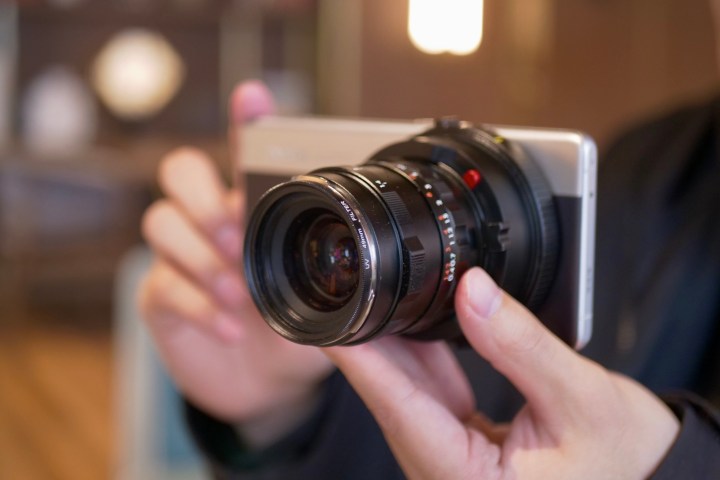 A person holding the Realme Ultra concept phone with the 3x lens.
A person holding the Realme Ultra concept phone with the 3x lens.
Realme intends to develop the Ultra into a commercial product. However, they acknowledge the need for improved user-friendliness. While the camera app incorporates 3x and 10x modes alongside the standard 1x and wide-angle options, enhancements like improved stabilization and autofocus are crucial. The current iteration caters to camera enthusiasts but could be cumbersome for average users.
While the adapter ring supports any M-mount lens, the software’s optimization for the 3x and 10x lenses may require further development for broader compatibility. Cost and convenience are also significant considerations. Carrying multiple lenses alongside a smartphone differs greatly from a single device, potentially making a dedicated camera and lens setup more appealing. These factors underscore the Ultra’s current status as a concept rather than a finished product.
 Realme Ultra concept phone.
Realme Ultra concept phone.
 Realme Ultra concept phone with the 3x lens.
Realme Ultra concept phone with the 3x lens.
 Realme Ultra concept phone with the 10x lens.
Realme Ultra concept phone with the 10x lens.
Additional views of the Realme Ultra concept phone.
Interestingly, Xiaomi also presented a similar concept, the Xiaomi Modular, at MWC 2025, employing a magnetic attachment system for larger lenses. This echoes their previous experiment with the Xiaomi 12S Ultra Concept, a high-priced prototype that clearly influenced the Realme Ultra. The Realme Ultra embodies the innovative spirit of MWC 2025. While its future remains uncertain, the brief experience with its impressive 10x zoom lens leaves a lasting impression, sparking anticipation for its potential evolution.



